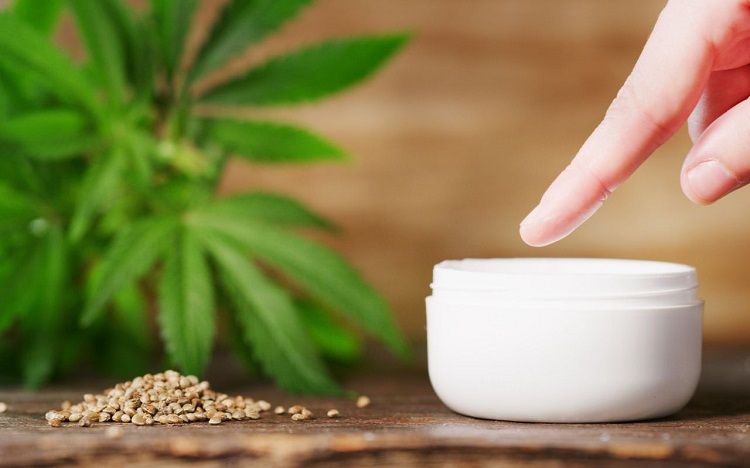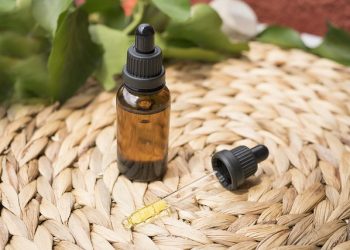Growing your cannabis in states where it is legal is usually a better idea because you can control the weed quality and save costs for whatever reason. Autoflowering strains are more popular because they are easier to manage, offering impressive harvests in shorter times. These plants are interbred between Indica and Sativa for the best of both worlds. Growing autoflower indoors allows you to control the growth stage and reduce the chances of pests and rodents damaging your plants.
Autoflowers are much easier to grow and require minimal care and stress; they are also preferred because they grow within a short time frame and are cost-effective. Whether you want to grow your plants indoors or outdoors, you will find the necessary information for the best yields on this page.
Picking the Right Strains
Finding the right strain of weed seeds can be the game-changer you need to grow the best cannabis plants. For example, Sensi Seeds are a popular choice among cannabis enthusiasts who prefer autoflowering seeds. However, it’s always a good idea to do your own research before making a decision.
You must check several things, like their aroma and the THC and CBD levels of the seeds; medical cannabis growers should opt for a low-THC and high-CBD strain.
The growing conditions for your weed plants also matter, as some strains are known to grow quickly, and others are easier to manage. Indica dominant strains grow smaller, so they are the best option for a small room, while Sativa dominant autoflower strains grow larger, offering more yield. Indica may also be best for calm, with its woody scent, while Sativa can boost your creativity and mood with its sweet scent.
Planting Your Autoflowering Weed Seeds
Your seeds, planting environment, and procedure can hurt the plants’ growth and yield. You can easily find autoflower seeds for sale depending on your location. Autoflowering cannabis seeds are prone to transplanting shocks, so it is advisable to germinate them using a paper towel with high humidity, only planting them in the final pot. Focus on strengthening the roots with a root stimulant for better stability and nutrient absorption. Use pots with superb drainage systems for the best yields.
Using The Right Soil
Cannabis plants grown with autoflowering seeds love airy soil because compact soil may prevent the roots from extending properly to access the right amount of air. It is advisable to buy super soil prepared specifically for marijuana plants, with a pH between 6 and 7, for the most desired results. This will ensure a balance of nutrients, avoiding an increase in nitrogen. For more air, you can craft your soil medium using peat moss, compost, perlite, and coco coir substrate.
Feeding your Cannabis Plant
One of the benefits of autoflower seeds over photoperiod seeds is the reduced amount of nutrients they require for proper growth. At the beginning of their life cycle as seedlings, which lasts about 2 weeks, focus on watering them adequately, maintaining humidity, and exposing them to light.
As the plants begin to grow and develop leaves, you can add nutrients according to the packaging to keep the root sturdy and substitute for the depreciating nutrients in the soil. This is why adding substrates to your soil initially is a great idea. As week 5 approaches, you should start feeding the plants blooming nutrients, but beware of adding too much at a time. Minimize nitrogen as much as possible because of the short growth period.
Watering For Optimal Growth
It is a common myth that all plants need lots of water to grow, and if you follow this approach, your marijuana plants will be suffocated by all the water, and your yield will be poor. It is essential to avoid overwatering, as weed plants absorb oxygen through their roots. A great way to do this is to create a watering schedule; use the pot’s weight and the topsoil’s dryness to gauge; however, 2 to 3 times weekly is optimal. You should also open holes for plastic pots to encourage excess water runoff.
Also, ensure your water is of the right pH, between 6 and 6.5; else, the roots will be unable to absorb necessary nutrients like magnesium and calcium, causing a deficiency.
Proper Lighting & Climate
Regular photoperiod cannabis plants require a light cycle for optimal growth; this is not the case for autoflowering seeds. You can grow autoflower seeds under most lighting conditions, given they are fair. This provides a way for you to save on electricity costs that would build up from purchasing LEDs, HPS, and UV lights. Whether you grow your plants in the open, with the natural sunlight, or indoors using a light cycle of 16 hours on and 8 hours off, they will grow beautifully. While exposing them to excessive light would result in an initial growth spurt due to the continuous absorption of CO2; this would slow down without rest.
It is important to note that although these seeds can flower under most conditions, they will rot if overexposed to moisture. They will grow in most seasons rather than one, but you must keep the humidity between 50% to 70%, depending on the life stage of the plants.
Harvesting Your Weed
The harvest time depends on the strain of the autoflowering weed seeds you acquire, so always check the packaging for the optimal time. However, growth averages between 8 and 12 weeks, so your plants should be ready within this timeframe. Before you harvest, think about your goal; for strong potency, you should wait until the trichomes are cloudy, as the plant will offer both corporal and cerebral effects because the THC content is high. Trichomes that are part amber would give the best effects. However, if you harvest when the plant is still clear or mostly amber, the potency will be reduced because the plant is either underdeveloped, as in the former, or over-ripened, as in the latter, giving a more corporal effect.
Drying, Curing & Storing
After harvesting your weed, the next step is to dry and trim. You can do this easily by hanging the buds from lines for a few days, up to 14. Depending on your preference, you can dry or wet trim, snipping the sugar leaves to remove them.
Curing requires different periods, depending on the plant’s genetic makeup; while some only require one to a few weeks, others may take months. To do this, get airtight sealable containers and add the dried buds, up to ¾ of the space, to allow breathing room. You must open these containers twice daily for a few minutes for about 10 days and then bi-weekly till it is dried. After this process, you can store your weed in airtight bags or containers for several months.
Conclusion
Getting the best yield from your autoflowering seeds relies heavily on their genetics and growing conditions. Keep humidity and temperature in check, noting what is ideal at different growth stages. Limit the nutrients you feed the plants and reduce the use of nitrogen. Remember to use only adequate light and harvest your plants carefully and at the right time. Happy planting!







